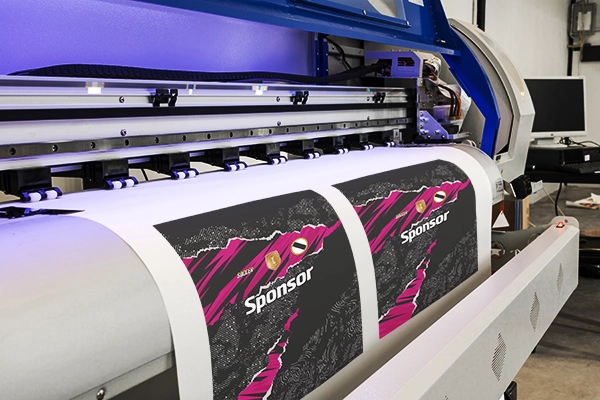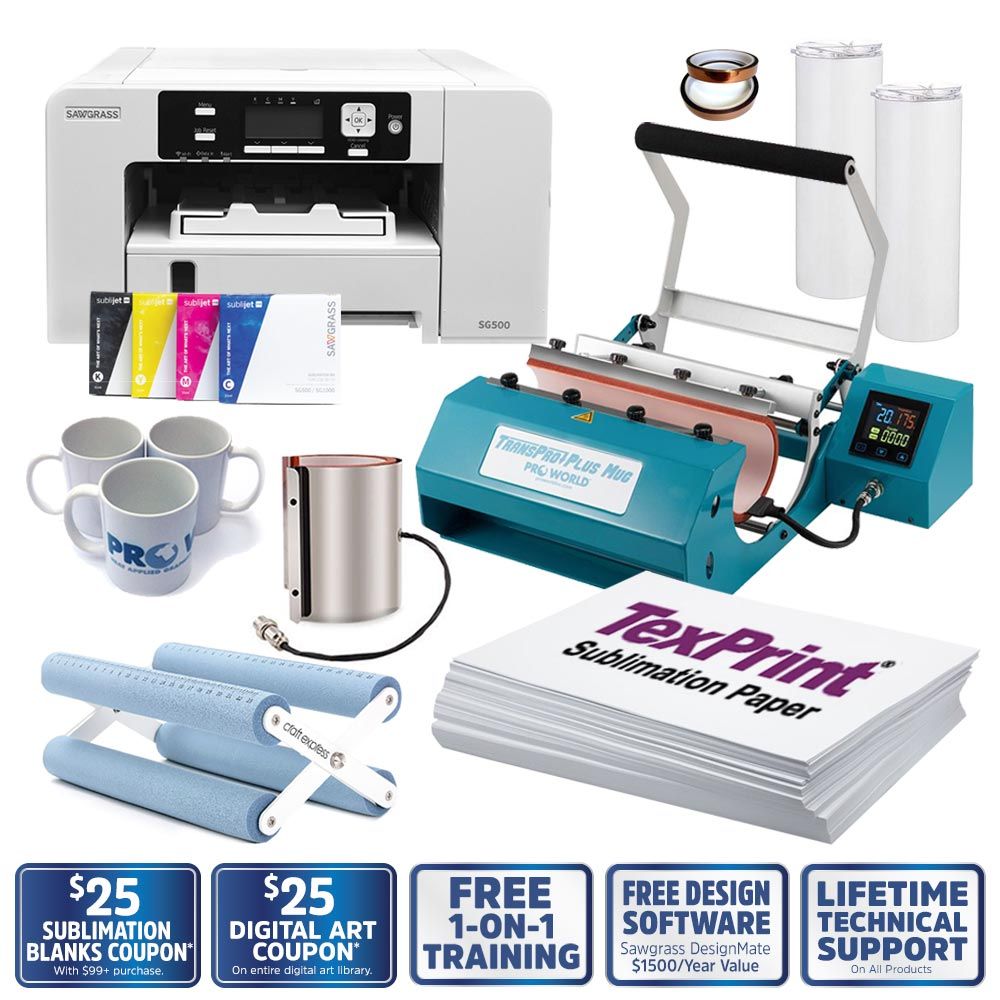Discover the Best Branded Clothing for Every Celebration and Style
Discover the Best Branded Clothing for Every Celebration and Style
Blog Article
From Standard to Digital: Comprehending the Evolution of Fabric Printing
The change of fabric printing from typical techniques like block printing and stand up to dyeing to modern techniques such as display and electronic printing marks a considerable shift in the textile sector. Typical approaches, steeped in artisanal workmanship and cultural significance, have progressively paved the way to electronic technologies that provide extraordinary precision, efficiency, and personalization. This change not only boosts manufacturing capabilities yet likewise lines up with expanding needs for lasting methods. Yet, just how do these advancements affect the essence of fabric printing, and what might the future hold for this ever-evolving craft?
Traditional Cloth Printing Techniques
In the very early stages of fabric production, traditional towel printing approaches offered as the foundation of textile style, using both performance and artistic expression. Block printing, one of the oldest approaches, involved sculpting elaborate styles right into wood blocks, which were after that dipped in color and pressed onto fabric.
Stand up to dyeing, including methods like batik and tie-dye, employed wax or other substances to protect against color from permeating certain locations of the textile. This method developed striking contrasts and detailed layouts, typically imbued with cultural relevance. Stenciling, one more typical method, included reducing patterns right into a material and applying color via the openings, supplying a less complex yet effective way to create recurring designs.
These traditional approaches not only shaped the fabric industry's very early advancement but additionally prepared for future innovations. Each technique reflected the social and local features of its origin, maintaining and distributing artisanal knowledge via generations.
The Rise of Screen Printing
How did screen printing transform the landscape of textile layout? The arrival of screen printing in the very early 20th century noted a significant departure from traditional methods, providing unmatched adaptability and effectiveness. This method includes pushing ink through a fine mesh display that has actually been stenciled with a style, enabling high accuracy and uniformity. Screen printing enabled designers to produce elaborate patterns and dynamic colors on materials, which were previously challenging to attain with block printing or hand-painting methods.
Among the crucial advantages of screen printing is its capacity to duplicate complex layouts on a big scale with exceptional integrity. This scalability made it greatly popular in the business fabric market, where automation without compromising quality is extremely important. Display printing accommodates a large range of dyes and inks, expanding the combination of appearances and finishes offered to developers.
Additionally, the procedure is highly adaptable, appropriate for numerous fabric kinds consisting of cotton, silk, and synthetics. This adaptability, incorporated with its cost-efficiency for huge runs, solidified screen printing's duty as a cornerstone of contemporary fabric manufacturing. Thus, the increase of display printing transformed the sector, pressing the boundaries of what was feasible in fabric design.

The Development of Digital Printing
Structure on the amazing advancements brought by display printing, the textile industry experienced one more groundbreaking advancement with the advent of electronic printing. Arising in the late 20th century, electronic printing revolutionized the method styles are moved onto textiles, providing unprecedented versatility and effectiveness. Unlike conventional approaches, which frequently called for substantial setup and considerable hand-operated treatment, digital printing utilizes computer-aided design (CAD) technology to produce intricate patterns straight onto the textile with high accuracy.
This advancement has click here to read enabled textile manufacturers to meet the expanding need for modification and on-demand manufacturing. By removing the demand for plates and displays, electronic printing decreases lead times and reduces product waste, making it a more sustainable option. The capacity to publish intricate photos and a variety of shades in a single pass has opened up brand-new creative opportunities for developers, promoting a rise in imaginative expression within the market.
Moreover, digital printing supports smaller batch production runs, which is particularly advantageous for niche markets and start-up style brands. This technological leap has not just boosted operational effectiveness but additionally equalized access to premium textile printing, establishing the phase for future developments in material style and manufacturing.
Contrasting Methods: Conventional Vs. Digital
While both traditional and electronic printing approaches have their very own unique advantages, they differ significantly in terms of process, performance, and ecological impact. Standard fabric printing, incorporating methods like block printing and display printing, includes hands-on labor and detailed workmanship.
In contrast, electronic printing employs advanced technology to transfer layouts straight onto textile making use of inkjet printers. This approach supplies unmatched accuracy and a substantial range of shade choices, enabling very detailed and elaborate styles. Digital printing is dramatically faster, permitting quick turn-arounds and just-in-time production, which reduces the need for big supply storage. In addition, it supports customization and small set production, providing to contemporary consumer needs for personalized products.
From an ecological point of view, digital printing is usually much more lasting. It utilizes much less water and produces very little waste contrasted to standard approaches, which usually include considerable washing and coloring procedures. Consequently, electronic printing is increasingly preferred in a period where environmental factors to consider are critical.
Future Patterns in Cloth Printing
As the fabric market proceeds to advance, future patterns in towel printing often point in the direction of greater integration of modern technology and sustainability. One considerable trend is the increased application of electronic Discover More printing modern technologies. These innovations enable greater precision, faster manufacturing times, and the capability to produce these details complex layouts that were once challenging with typical approaches. Digital textile printing is expected to dominate the marketplace, driven by its effectiveness and flexibility to customer demands for individualized and limited-edition products.

Furthermore, the consolidation of clever textiles, which incorporate digital elements right into textiles, is readied to transform the marketplace. These fabrics can give extra performances such as temperature policy, health and wellness monitoring, and interactive features. As innovation remains to advance, the intersection of digital printing and smart fabrics will certainly open brand-new avenues for innovative and functional applications in cloth printing.
Final Thought
The evolution of fabric printing from typical approaches to digital innovations marks a significant improvement in the fabric industry. While conventional strategies highlight artisanal workmanship and cultural heritage, digital printing provides unparalleled precision, effectiveness, and modification. This change not just boosts manufacturing capacities but likewise sustains sustainability campaigns. Future fads are likely to proceed integrating sophisticated modern technologies, better redefining textile style and manufacturing procedures to fulfill modern demands and ecological factors to consider (DTF printing).
The makeover of towel printing from typical methods like block printing and stand up to coloring to contemporary techniques such as screen and digital printing notes a substantial shift in the textile market. Screen printing enabled developers to generate detailed patterns and lively shades on textiles, which were previously testing to achieve with block printing or hand-painting methods.
Building on the remarkable improvements brought by display printing, the textile sector experienced another groundbreaking advancement with the development of electronic printing. screen printing. Conventional cloth printing, incorporating strategies like block printing and display printing, involves hand-operated labor and elaborate craftsmanship. As modern technology continues to advance, the junction of electronic printing and smart textiles will certainly open new opportunities for creative and functional applications in towel printing
Report this page